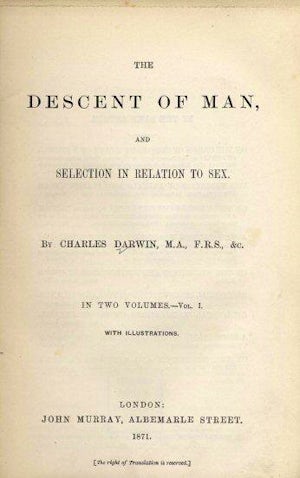June 15, 1962 The Ontario Human Rights Code, the first law of its kind in Canada, was proclaimed on the 747th anniversary of the signing of the Magna Carta. This law replaced Ontario’s previous anti-discrimination legislation: the Fair Employment Practices Act 1951, Female Employee’s Fair Remuneration Act 1951, Fair Accommodation Practices Act 1954, and the Ontario Anti-Discrimination Commission Act 1954. The Code prohibits actions that discriminate against people on a protected ground in a protected social area. The Ontario Human Rights Commission was also established to administer and enforce this legislation.
The 1962 version of the OHRC prohibited discrimination in signs, services, facilities, public accommodation, employee and trade union membership on the grounds of “race, creed, colour, nationality, ancestry, and place of origin.” Critics, however, were quick to question the scope of the act: if public policy was really committed to human rights, why should protections only be granted on the basis of race and religion? It is important to note that discrimination on the basis of gender, age, disability, or sexual orientation was not prohibited by the first version of the OHRC. The scope of the original act was also fairly limited. In terms of accommodation, for example, the prohibition against discrimination only applied to apartment buildings that contained more than six self-contained dwelling units. Likewise, the prohibitions in the case of employment did not apply to domestics employed in private homes, exclusively religious, philanthropic, educational, fraternal, or social not for profit organizations, or to employers with fewer than five employees.
A revised version of the OHRC was enacted in 1981. Many of the revisions were in response to criticisms that had been levelled against the original Code, and protections were extended on the basis of “race, ancestry, place of origin, colour, ethnic origin, citizenship, creed, sex, age, marital status, family status, or handicap.” The revised version also expressed protections in a positive rather than a negative form: rather than list those things that others were prohibited from doing, the new Code spoke of individuals’ rights to equal treatment without discrimination. Human rights law was also given primacy over legislation—requiring that provincial law be consistent with the Code—and the role of the Ontario Human Rights Commission was enlarged to include public education, community relations programmes, and affirmative action. The Code was revised further in 1986 to extend protections on the basis of sexual orientation, pregnancy, and exclusion from adults-only housing. In 2008, Bill 107 changed the role of the Ontario Human Rights Commission: instead of being responsible for the investigation of individual human rights complaints, the Commission would focus on systemic or root causes of discrimination in the province. Finally, an amendment in 2012 added gender identity and gender expression to the list of protected grounds, which is as follows: age, ancestry, colour, or race, citizenship, ethnic origin, place of origin, creed, disability, family status, marital status (including single status), gender identity, gender expression, receipt of public assistance (in housing only), record of offences (in employment only), sex (including pregnancy and breastfeeding), and sexual orientation.
-Caroline Lyster
Ontario Human Rights Code. (n.d.). Wikipedia. Retrieved from http://en.wikipedia.org/wiki/Ontario_Human_Rights_Code.
A bit of history. (n.d.). Ontario Human Rights Commission. Retrieved from http://www.ohrc.on.ca/en/bit-history.
The Ontario Human Rights Code. (n.d.). Ontario Human Rights Commission. Retrieved from http://www.ohrc.on.ca/en/ontario-human-rights-code.
Government of Ontario. (1962). An Act to establish the Ontario Code of Human Rights and to provide for its Administration. Retrieved from http://www.historyofrights.com/statutes/provincial/ON_HRC.pdf.
Government of Ontario. (1981). An Act to revise and extend Protection of Human Rights in Ontario. Retrieved from http://www.historyofrights.com/statutes/provincial/ON_HRC2.pdf
Howe, R.B. (1991). The Evolution of Human Rights Policy in Ontario. Canadian Journal of Political Science/Revue canadienne de science politique 24(4), 783-802. Retrieved from https://humanrights.apps01.yorku.ca/blog/wp-content/uploads/2009/08/the-evolution-of-human-rights_brian-howe_3229307.pdf.
 1869:
Galton publishes Hereditary Genius
1869:
Galton publishes Hereditary Genius
 1871:
Charles Darwin publishes The Descent of Man
1871:
Charles Darwin publishes The Descent of Man